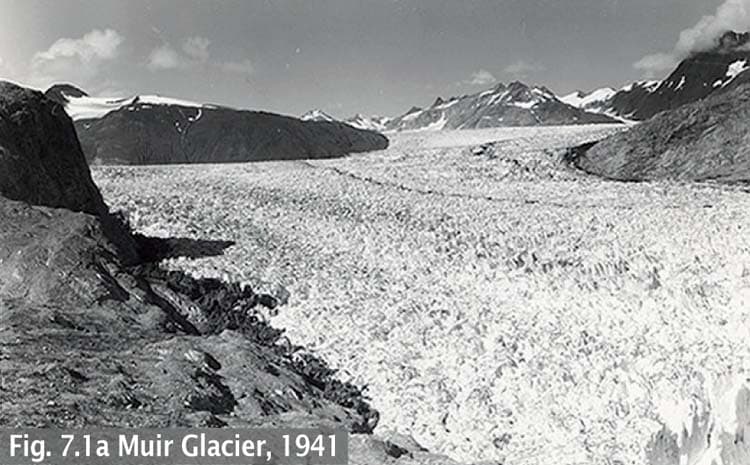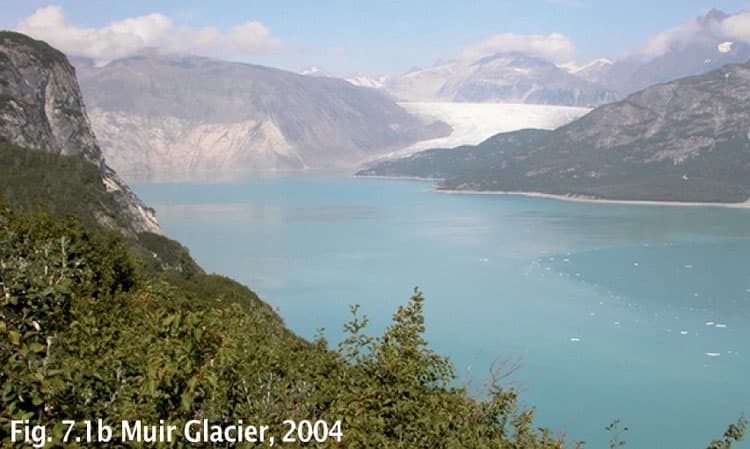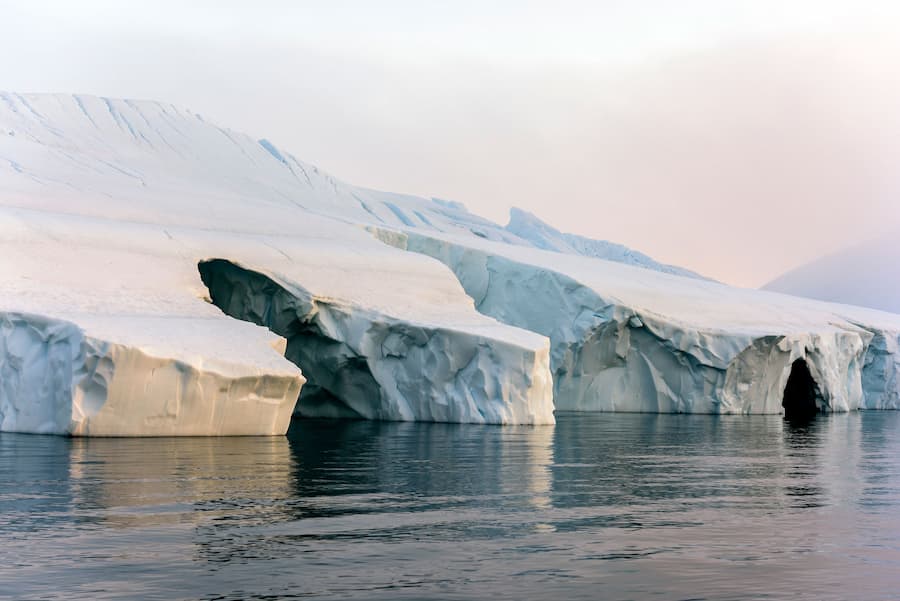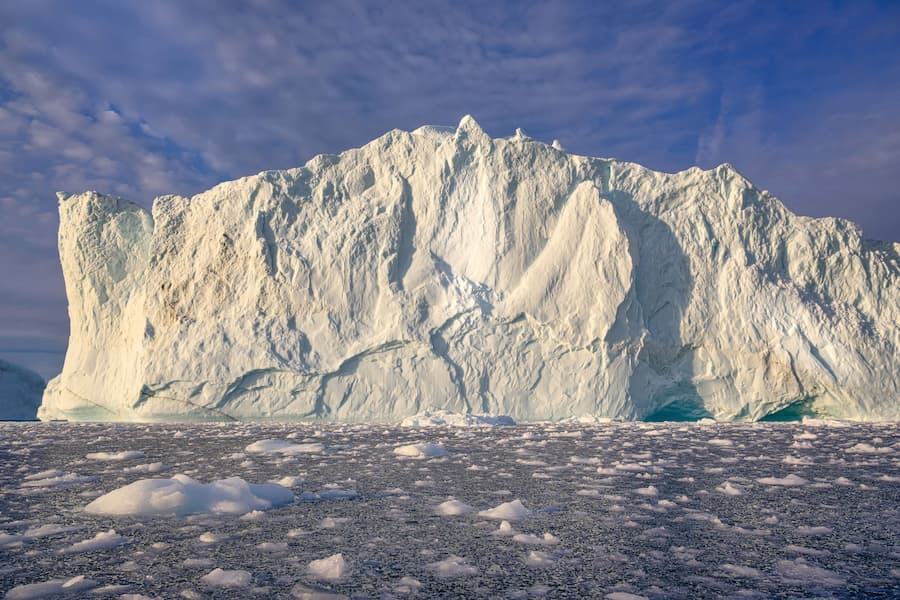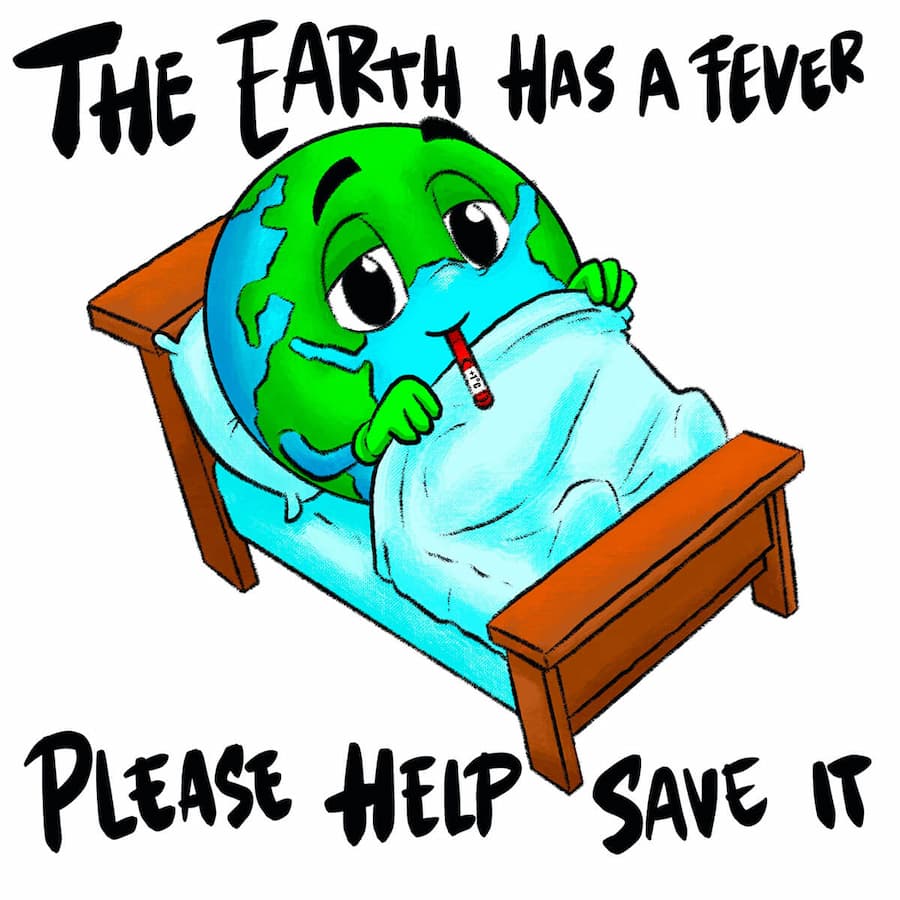Melting Glaciers - The Reality
Melting glaciers have been at the forefront of all discussions on climate change.
Numerous scientists have been crying out loud about the melting of glaciers and how it can adversely impact the entire ecological structure of the planet.
However, some skeptics proclaim that the facts have been more exaggerated than what they really are. Sadly, that is not the case.
"While there are isolated cases of growing glaciers, the overwhelming trend in glaciers worldwide is retreat. In fact, the global melt rate has been accelerating since the mid-1970s" (Source).
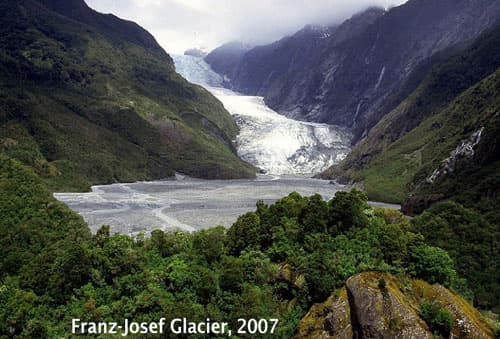
Source: United Nations Environment Programme
Muir Glacier in Alaska
Back in 2004, two images of Muir Glacier in Alaska, one of 1941 and one of 2004, were published together to expose the challenges we face as our world fails to manage anthropogenic global warming.
The once frozen Muir Glacier with snow-peaked mountains nearby in 1941 had turned into a lake having green trees around it by 2004.
This contrasting and disturbing image spoke louder than any words had ever spoken before about this issue.
"Forty-six gigatons of ice from Alaskan glaciers was lost on average each year from 2003 to 2010" according to NASA.
Despite the reality being so obvious, the world as a whole has not sufficiently mitigated global warming.
Source: United Nations Environment Programme
The Importance of Glaciers
Glaciers are important for the Earth’s cryosphere (frozen zones) and are also quintessential for global temperature control and marine life.
Glaciers are not only one of the purest sources of water but also account for all the perennial rivers in the world that harbour food production for the vast majority of the world populace.
About 97% of our planet's water is saltwater, and of the 3% that is freshwater, almost 69% comes from ice caps and glaciers (Source).
Glaciers also contribute to rising sea levels. "About a third of the total sea level rise now comes from Greenland and Antarctic ice loss. Just under half comes from the thermal expansion of warming ocean water and a fifth from other smaller glaciers. But the latter sources are not accelerating, unlike in Greenland and Antarctica" (Source).
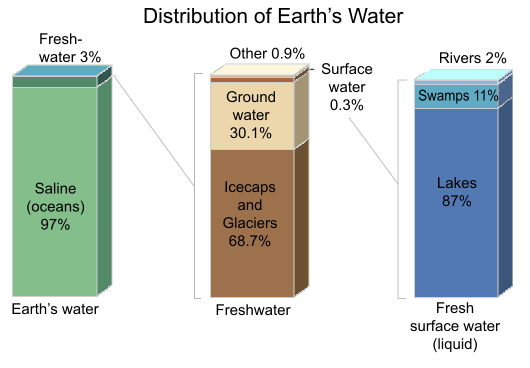
What Caused the Melting?
Rising temperatures via the greenhouse effect owing to increased carbon emissions have raised the surface and water temperatures in the biosphere. This triggers the melting of glaciers.
Usually, glaciers melt during summers and retain their mass during winters. This is true for glaciers all across the world – Alaska, Arctic, Antarctica, Greenland and the Himalayas, among others.
If glaciers in Antarctica or Greenland retreat faster than they can accumulate new snow, then they will cause rising sea levels, which will lead to an environmental unbalance.

Melting of Glaciers in Greenland
Greenland's ice sheet, according to the latest data, is melting much faster than previously thought, and this could threaten hundreds of millions of people with inundation (Source).
"Ice is being lost from Greenland seven times faster than it was in the 1990s, and the scale and speed of ice loss is much higher than was predicted in the comprehensive studies of global climate science by the Intergovernmental Panel on Climate Change, according to data" (Source).
"That means sea level rises are likely to reach 67cm by 2100, about 7cm more than the IPCC’s main prediction. Such a rate of rise will put 400 million people at risk of flooding every year, instead of the 360 million predicted by the IPCC, by the end of the century" (Source).
"Greenland has lost 3.8tn tonnes of ice since 1992, and the rate of ice loss has risen from 33bn tonnes a year in the 1990s to 254bn tonnes a year in the past decade. Greenland’s ice contributes directly to sea level rises as it melts because it rests on a large land mass, unlike the floating sea ice that makes up much of the rest of the Arctic ice cap" (Source).
"About half of the ice loss from Greenland was from melting driven by air surface temperatures, which have risen much faster in the Arctic than the global average, and the rest was from the speeding up of the flow of ice into the sea from glaciers, driven by the warming ocean" (Source).
Melting Glaciers in the Tropics
Peru's Quelccaya ice cap is the second-largest glaciated area in the tropics, covers an area that is about 42.8 square kilometres (16.5 sq mi) with ice up that can reach up to 200 metres (660 ft) thick (Source).
In this ice cap, the amount of ice that has accumulated over about 1,600 years melted back in only 25 years (Source).
Climate models are predicting that the ice cap will likely disappear in the 21st or 22nd century (Source).
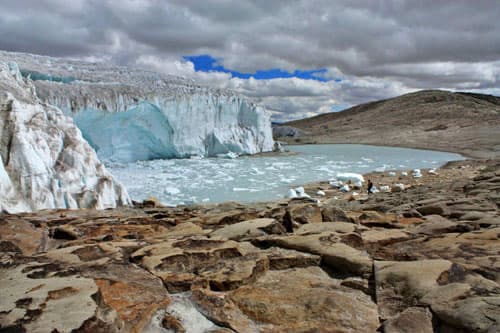
Melting Glaciers in the Himalayas
As a matter of fact, "Spanning 2,000 kilometers and harboring some 600 billion tons of ice, Himalayan glaciers supply around 800 million people with water for irrigation, hydropower and drinking" (Source).
The Himalayas lost nearly half a meter of ice annually since the beginning of the 21st century which is double the amount of melting that happened between 1975 and 2000, according to researchers from Columbia University (Source).
"Earlier this year a study warned that a third of the ice in the Hindu Kush Himalaya region, home to the world's highest peaks, Mount Everest and K2, could melt by the end of this century" (Source).

What is at Stake - Melting Glaciers
"A report published in April warned that most glaciers in Central Europe, Western Canada and the United States could vanish by second half of this century under current ice loss rates" (Source).
The truth of the matter is that pure drinking water, agricultural produce, livelihood and a comfortable climate would all be compromised if these glaciers fully retreat.
In reality, too many people pay heed to disinformation and submit themselves to the chains of a consumer society, in turn insulating themselves from the world in which they came from, while the biosphere, composed of every single ecosystem in the world, falls into complete disarray.
In addition, the polar ice caps are melting at a drastic rate.
We can't ignore the situation any longer. We need to take action.
Reducing our carbon footprint, using less energy and living an eco-friendly lifestyle is the least that we can do to help stop climate change.
Moreover, we need to spread the word on climate change before we reach a point of no return.
Further Reading and Sources
- Skeptical Science
- NASA
- Penn State University
- The Guardian Article on Polar Ice Caps
- The Guardian Article on Greenland's Ice Sheet
- Wikipedia
- New York Times
- CNN

From National Geographic
Join the Community and Newsletter (5000 Subscribers)
You can subscribe to my Substack Page or see the archives of previous posts. More great content coming soon!
Recent Articles
-
Climate Change Guide
Apr 23, 24 12:36 PM
The Climate Change Guide is your guide to a more sustainable future, and will provide you with all relevant information on mankind's greatest challenge. -
Climate Presentations by Climate Reality
Mar 03, 24 12:17 AM
You can see great climate presentations by Climate Reality. They can be customized for different audiences. -
Make the Planet Great Again!
Mar 02, 24 11:33 PM
We need to make the planet great again! We will build a solar wall along the Mexican border and make the fossil fuel industry pay for it! -
Historical Climate Change News
Mar 02, 24 11:25 PM
This section includes historical climate change news you should know about. These articles span several different topics and will help you stay up-to-date.
